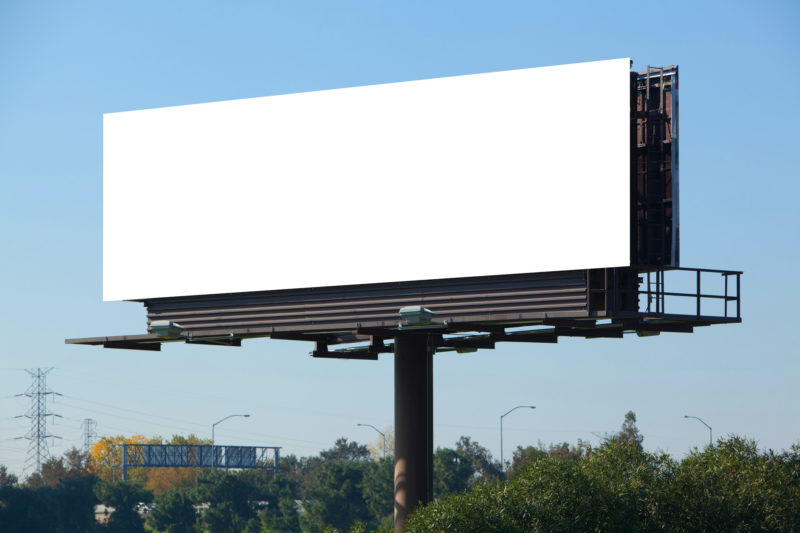Why other outdoor operators don’t fear big giants JCD and Ooh
The end of 2018 saw an end to two outdoor brands in the Australian market: APN Outdoor and Adshel. The newly merged businesses, JC Decaux and Ooh Media, have outlined their plans for the new year. But what does this all mean for the other outdoor operators? Mumbrella’s Zoe Samios spent the end of last year chatting with some of the industry’s bosses to find out.
Decades ago, a late outdoor ad booking caused chaos. Before screens went digital, businesses would chase up the artwork, organise the pre-production and rush it to the screen printers before labourers would set out with buckets of glue and brushes.
In 2019, there are bigger challenges. Halfway through last year, the four biggest players in the industry became two, as JCDecaux merged with APN Outdoor and Ooh Media bought Adshel.



Seedooh is fine, but it’ll soon be superseded. It already has been in some markets.
It’ll disappear like the outrageous mark-ups some OOH companies place on their screens.
Wow this is so nice, you have explained it very well.
This is so nice and useful info. Thanks for this wonderful article
Very interesting article. Oligopolies never work for long when the market is allowed to operate. It is good to see that the outdoor advertising market is operating successfully. I wish all the niche players well. The competition that they bring will make the outdoor advertising industry more competitive and drive a better product for the end consumer, which is the people of Australia that purchase goods and services. I particularly like the concept of more targeted ads in shopping centers promoted by Shopper Media. Too often I have been confronted by panel ads that have been of zero interest to me. Given that shopping centers are becoming places where people go to enjoy themselves and receive services and not just buy stuff this approach will only make shopping centers even more appealing to the average Australian.
I’m interested to see digital outdoor handle a verification tool that will shave back R&F figures based on an advertisers SOV on the panels.
If we share space with several other clients, and the reach drops because of that, it’ll be hard to explain to clients.
Another great industry article by Zoe. You are a treasure !
surprised nobody has reported on the mass redundancies at APN/JCD yesterday…